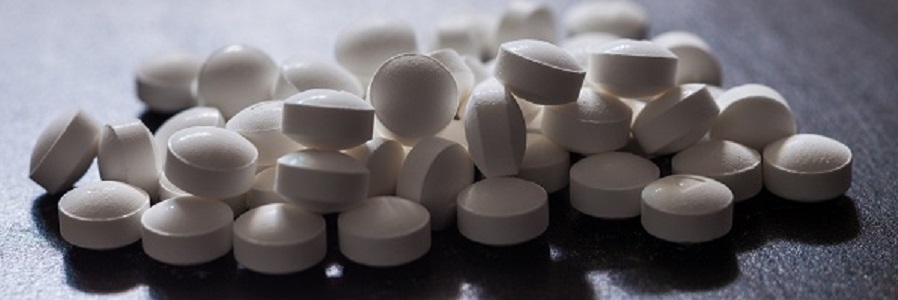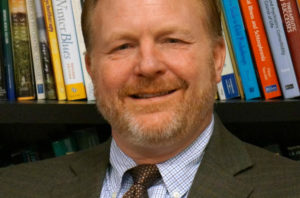UK expert recommends medication-assisted treatment for opioid addiction


By Dr. Michael Kindred, assistant professor in the UK College of Medicine.
Of the 20.5 million Americans 12 or older that had a substance-use disorder in 2015, two million had a substance-use disorder involving prescription pain relievers, and more than a half-million more had a substance-use disorder involving heroin, according to the American Society of Addiction Medicine. That’s more than 2.5 million Americans who are in need of assistance treating opioid-use disorder.
One evidence-based treatment option available is medication-assisted treatment (MAT). Like the word assisted in the name suggests, MAT is meant to be provided in conjunction with counseling and other services that aid patients in reducing some of the stressors that can lead to active addiction. Programs like PATHways in the UK College of Nursing are an example of that. In addition to MAT, the program offers counseling, peer support and other healthcare services.
The type of medication commonly used for opioid-use disorder is called buprenorphine. It is provided to patients at intervals that are determined by their doctor. The medication can be delivered as a film placed under the tongue or a pill, but research is being conducted to find alternative delivery routes such as implants or injections.
In order to provide MAT, there are several requirements a physician must meet; those requirements are set by the Drug Enforcement Agency (DEA) and Substance Abuse and Mental Health Services Administration. First, the prescriber must be licensed under state law, they must register with the DEA, and they must complete training and/or certification. Providers must all be able to refer patients to counseling or other services. There are also restrictions on how many patients a doctor can treat using MAT; during the first year of securing the DEA waiver, providers can treat up to 30 patients, after the first year they can apply to treat up to 100 patients, and after the second year they can apply to treat up to 275 patients.
The opioid epidemic has impacted every corner of the United States, especially rural communities that have difficulty accessing medical care, but there are options available for helping those in active addiction enter recovery.
Next steps:
- Check out our post on the positive effects of using physical therapy as an alternative to pain medicine to treat chronic pain.
- Do you know how to react to an opioid overdose? Find out what you can do to help someone in an emergency situation.




